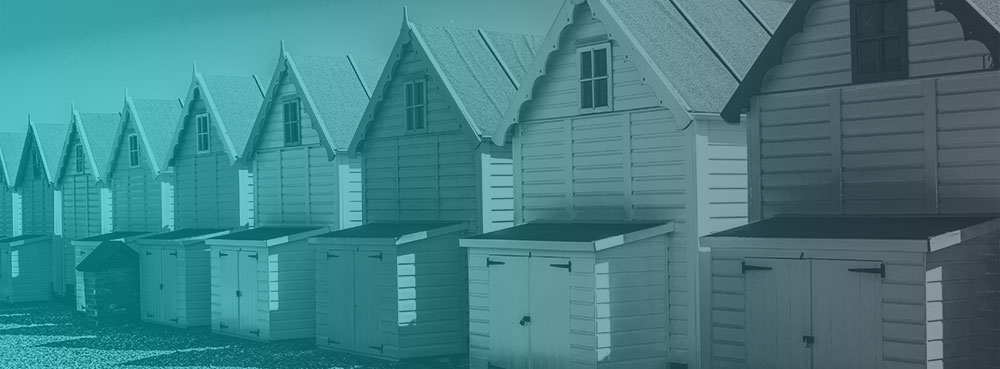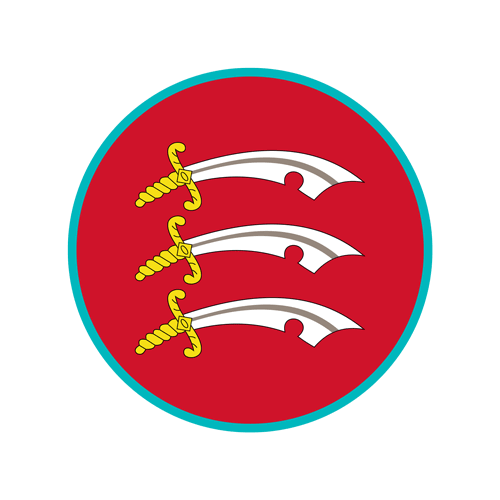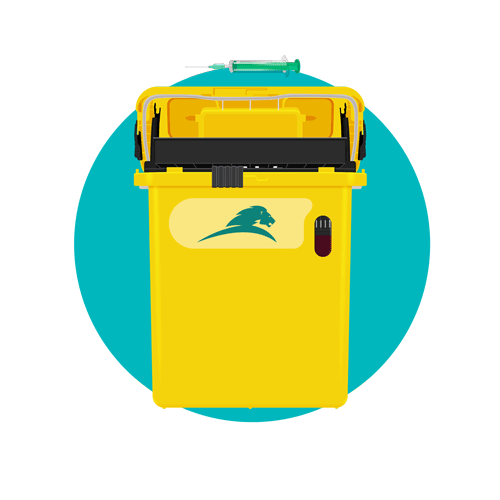Healthcare Waste Management Guidelines for Essex, England

Essex, situated in the southeast of England between the North Sea and London, is home to numerous hospitals, urgent treatment centres, doctors' surgeries, care homes, and community hospitals. The knowledge of healthcare waste management guidelines for the region is not only important for healthcare providers, but for the safety of the county’s people and its surrounding environment.
TOPICS WE WILL COVER:
3 / Clinical vs. non-clinical waste considerations
4 / Documentation and record keeping
6 / Sharpsmart focuses on safety and compliance

Local city councils throughout Essex provide guidelines for waste management processes, from Basildon all the way to Uttlesford, but guidelines from the UK’s Government and environmental agencies must also be followed. Management of clinical and other healthcare wastes requires due diligence regarding understanding the duty of care for any site that generates or produces numerous waste streams.
It is important for both clinical and non-clinical leads of sites that provide healthcare services to also understand the regulations of their respective districts, boroughs and cities. Guidelines are provided by local city councils for the domestic disposal of sharps and recommended sharps bins as well as collection points and/or pick-up arrangements.
Professional healthcare service guidelines are more stringent. Knowledge of waste classifications is the first step toward compliant healthcare waste management throughout Essex.
Waste Classifications
Knowledge of waste classifications, waste streams, and how healthcare wastes are identified is important to ensure proper waste stream segregation and management.
Government organisations, including the Environment Agency, state that it is the duty of care for businesses to classify the type of waste produced on-site before it is collected and disposed of. Accurate and timely completion of waste documents and records are also required, as are other processes that reduce the risk of harm to the general public and the environment.
Additional guidance on assessing, listing, and identifying specialised waste substances can be accessed from the Guidance on the Classification and Assessment of Waste provided by the UK Government.

Sharps Disposal
In Essex, as throughout England, it is also the duty of care of any type of healthcare site to make sure that any waste that is produced on-site does not cause harm to the public, local wildlife, or the environment.
Specific guidelines for the handling and disposal of sharps waste is found in the Health and Safety Executive Sharps Instruments and Healthcare Regulations 2013 document. All professional healthcare sites that handle sharps are required to follow the Control of Substances Hazardous to Health (COSHH) regulations, which provides a guide on safer sharps use to reduce the risk of needlestick or sharps injuries.
Non-medicinally contaminated sharps are typically treated by incineration or other alternative processes.
Infectious versus non- infectious waste considerations in Essex
Accurate waste codes must always be associated with the associated waste stream. Some waste streams can have more than one classification by their very nature, so it is important for anyone handling the waste for disposal or transport to know what is contained in the waste bag or container.
Every employee at a healthcare setting should be able to identify the difference between infectious and non-infectious waste and be aware that it is illegal to mix the two. Even one item of infectious waste in a non-infectious waste container makes all the waste infectious and therefore the waste will be disposed of and treated as such.
Any producer of healthcare waste should be able to properly identify categories of such waste, as well as the disposal options.
Medicinally contaminated wastes are typically treated through incineration processes or alternative treatments, and the same applies to medicinal items contaminated with infectious substances.
Documentation and record keeping
Supplying the correct documentation is essential for compliant healthcare waste stream management. Tracking the journey of waste from its point of origin to its final disposition is also a requirement for any site generating healthcare waste. The specificity of that documentation may depend on what type of waste has been produced, collected, managed and is due to be transported to its end disposal point. Documentation follows the movement of waste from its point of origin to ensure that all processes and regulations are being adhered to.
All collections of waste require a waste transfer note to be completed and accompany the waste whilst in transportation. If hazardous waste has been produced, a hazardous waste consignment note must also be completed. There are fifteen categorisations of hazardous waste, with each given a HP or hazardous property code. Infectious waste falls under HP9. HP codes must be recorded in Part B of the consignment note.
If in doubt regarding the requirements for the transportation of healthcare waste away from any setting to a waste treatment plant or disposal site, contact your local city council and refer to UK governmental resources.
A word about labelling
Accurate labelling is also an essential process of the collection, storage, packaging, and transportation of waste from a healthcare setting. Regardless of the type of waste being transported, all bags, containers, bins, and so forth must be appropriately and accurately marked or tagged adhering to best practices and duty of care requirements (in addition to governmental regulations). Doing so ensures that waste can be tracked from its point of origin to its final disposal point.
The Department of Health’s Environment and Sustainability Health Technical Memorandum 07–01 (Safe Management of Healthcare Waste) is a valuable resource for the handling of healthcare waste streams.
Sharpsmart focuses on safety and compliance
Sharpsmart offers a number of resources, products, solutions, and guidance for healthcare waste generators in Essex and throughout the UK. Safety of healthcare employees, minimisation of waste, and compliant treatment and disposal methods are essential, not only for legal reasons, but to enhance safety for the general public and to protect the environment. Guidelines and regulations continue to change and adapt. To learn more about our services and operations throughout Essex and in the UK, contact us today.
